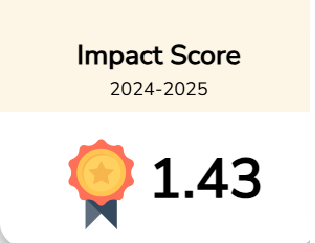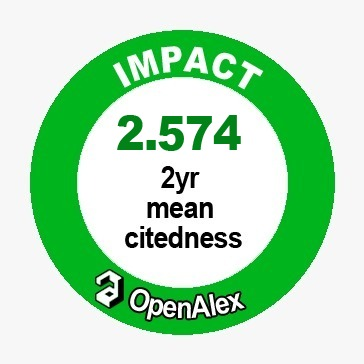Effect of an early pandemic phase of COVID-19 on sexual health
Downloads
Purpose: This study aimed to analyze the frequency of sexual intercourse and the number of sexual partners before and during the COVID-19 pandemic in Thailand.
Design/Methodology/Approach: 859 respondents were included in this study which involved a cross-sectional online survey and a self-administered questionnaire distributed to Thai people between May and June 2020. Data analysis methods included descriptive statistics, the Wilcoxon matched pairs signed-ranks test and the chi-square test.
Findings: 19.7% reported a decrease and 3.8% reported an increase in the number of sexual partners. 22.8% reported a decrease and 9.5% reported an increase in the frequency of sexual intercourse apart from those who had no change in the frequency of sexual intercourse or the number of sexual partners. The median difference in the number of sexual partners and the frequency of sexual intercourse before and during the COVID-19 pandemic was of statistical significance (p-value < 0.01). Age, marital status and occupation were statistically associated with the change in the frequency of having sexual intercourse. Sex, age, marital status, income and sexual desire were statistically associated with the change in sexual partners. (P value < 0.05).
Conclusion: The number of sexual partners and the frequency of sexual intercourse decreased because of the COVID-19 pandemic. Sexual health services and sexual education should provide a specific categorized group in order to meet their sexual health.
Research Limitations: Participants could remember their number of sexual partners but they may recall biases for sexual intercourse frequency. However, the average was used.





